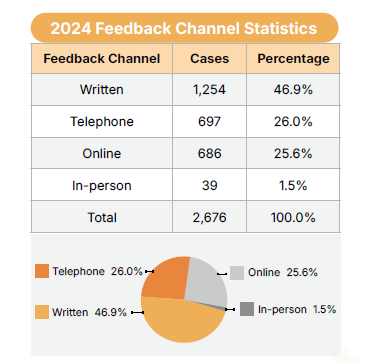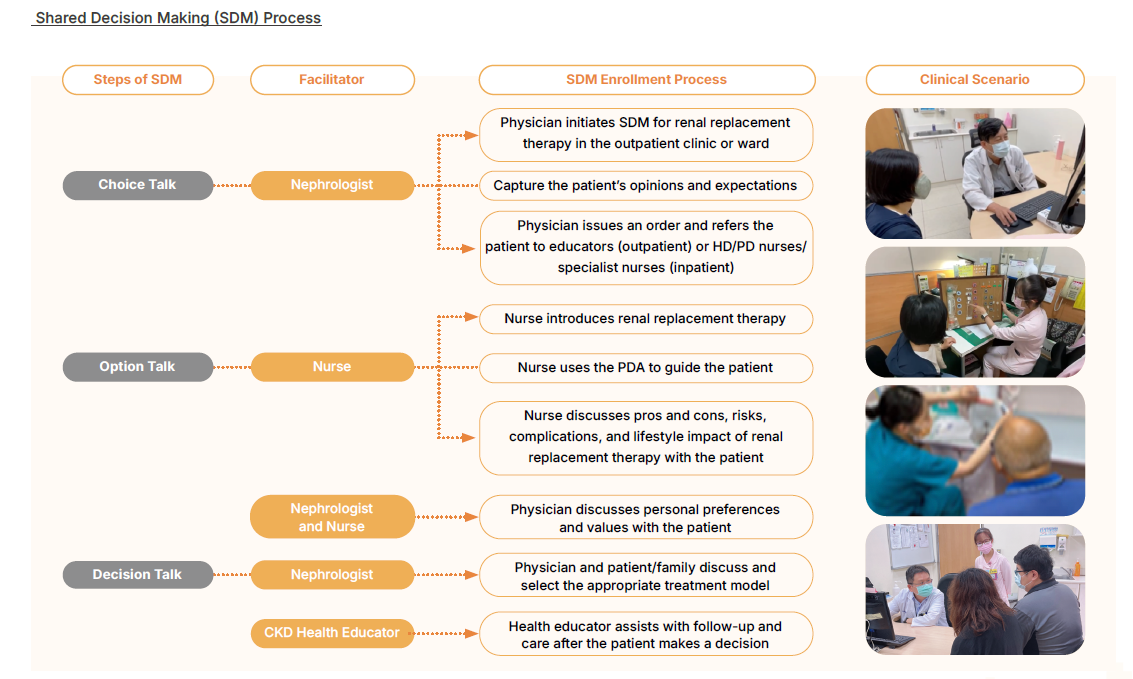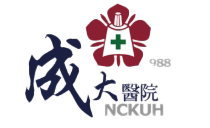Doctor-patient relationship
Doctor-patient relationship
-
Patient Feedback
The Hospital values the feelings of patients and their families, has established a patient feedback handling process managed by the Quality Center, and provides multiple feedback channels, such as written forms, dedicated phone lines, email, and in-person communication.
To ensure timely handling and response to feedback, every case is proactively acknowledged on the same day it is received. The public is informed that their feedback has been received, and the incident investigation and resolution process begins immediately. Clarification and explanations are provided on the spot when necessary. The Hospital has established a monitoring indicator called “One-Day Case Closure Rate” to ensure processing efficiency. If a case requires further clarification, the Quality Center will refer the issue to the relevant unit based on the content of the feedback. After confirmation by the unit supervisor, the Quality Center will consolidate and analyze the information, submit it to the Office of the Superintendent for approval, and then provide a comprehensive reply to the public. The handling and statistical analysis results of customer feedback cases are reported quarterly to the Medical Quality and Patient Safety Committee to facilitate continuous improvement and quality enhancement. In 2024, expressions of appreciation and praise accounted for 50.4% of all customer feedback cases.

-
Patient Experience Survey
To continuously enhance the quality of medical care, the Hospital conducts patient experience surveys every April and October to extensively collect feedback and understand the current service status. The survey results serve as a basis for improvement efforts to provide higher-quality services.
The questionnaire design is based on the “Patient Inpatient Experience Survey” manual issued by the Medical Quality Policy Office of the Ministry of Health and Welfare. It covers five major aspects: “Professionalism and Care,” “Facilities and Environment,” “Waiting Time,” “Service Attitude,” and “Service Outcome.” Survey results show a steady upward trend in satisfaction across all aspects of the patient experience.

-
Shared Decision Making( SDM)
The Hospital’s Shared Decision Making (SDM) program assigns each medical department to establish SDM implementation themes based on the specific characteristics of various diseases. Currently, 84 SDM themes are applied in clinical practice and integrated into the order system. When a patient is identified as suitable for SDM, the order system facilitates the issuance of an SDM order and simultaneous printing of the decision aid tool, which is provided to the patient and their family to guide expression of their concerns or values, enabling the best possible joint medical decision. For example, in the Department of Nephrology, renal replacement therapies are explained to end-stage renal disease patients to assist in choosing the most appropriate treatment option and confirm future dialysis modalities. Through this process, the average patient satisfaction score reached 4.3 (with a maximum of 5), and patient anxiety levels were significantly reduced.



